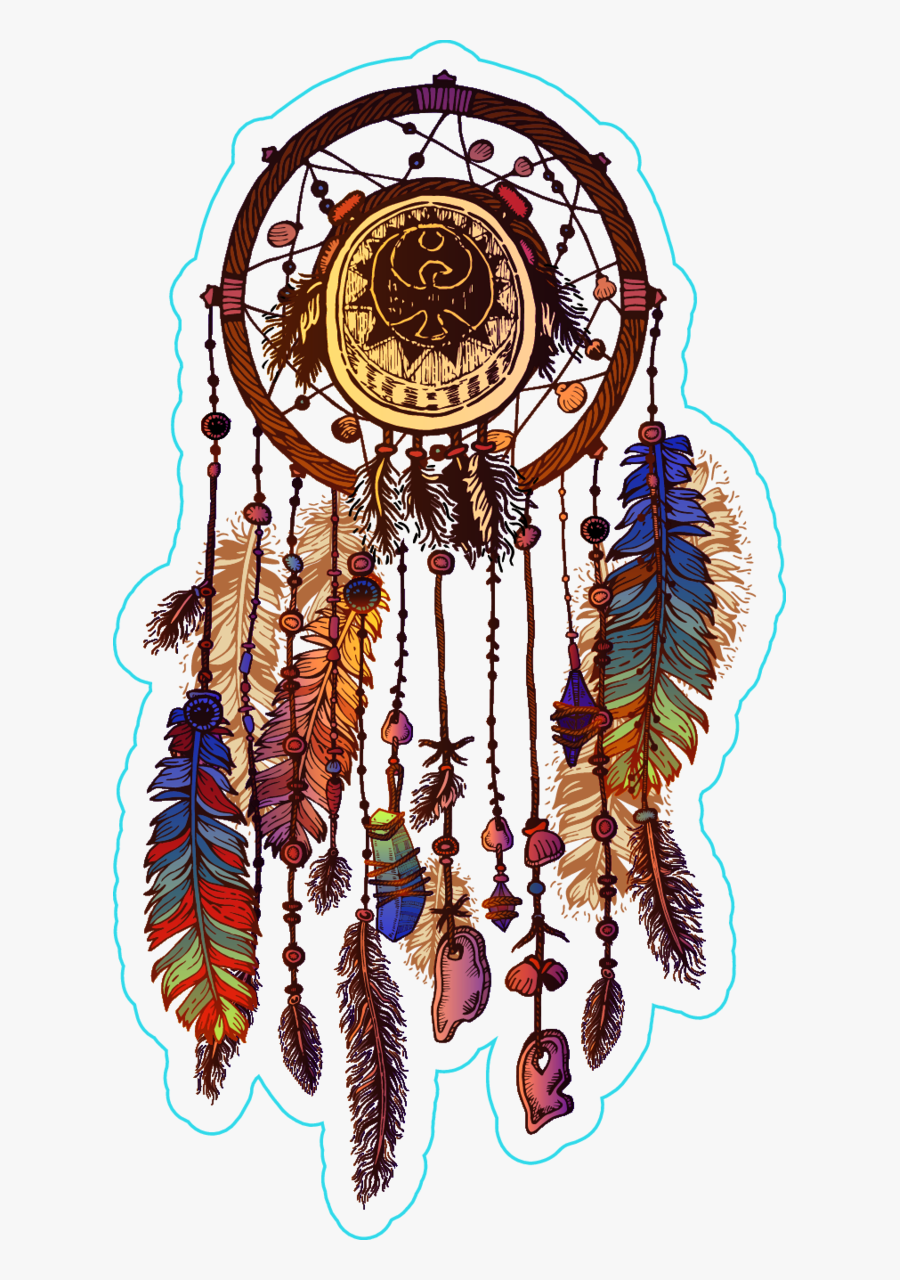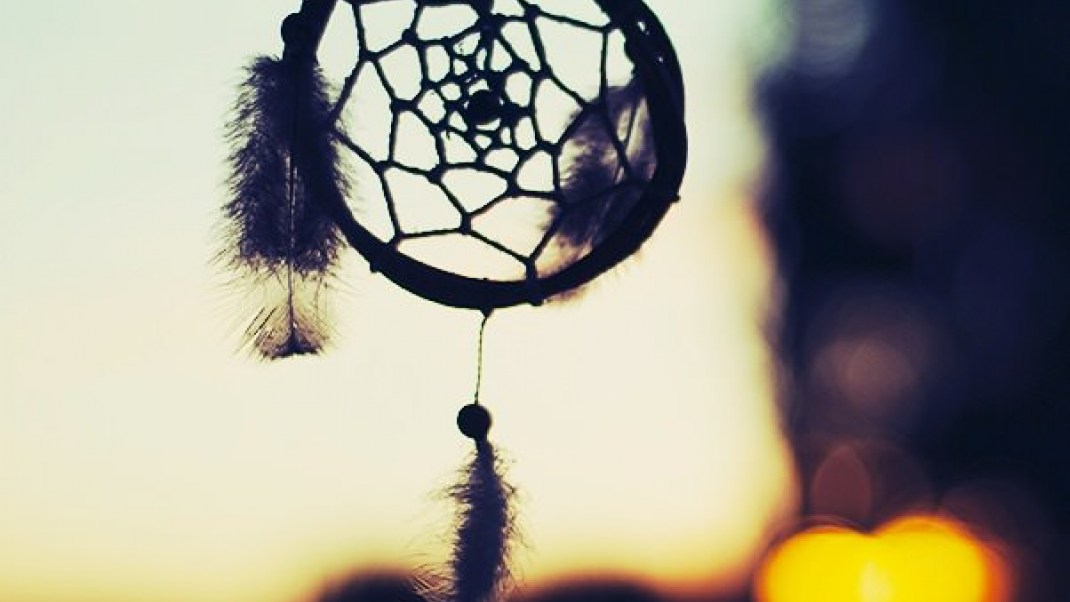Indigenous Dream Catcher
In some Native American and First Nations cultures, a dreamcatcher or dream catcher (Ojibwe: asabikeshiinh, the inanimate form of the word for 'spider') is a handmade willow hoop, on which is woven a net or web. The dreamcatcher may also include. Dream catcher on the bright background.Dream catcher is native american cultures handmade willow hoop, on which is woven a net. Web may also include sacred Dream catcher with feathers threads and beads rope hanging spiritual folk american native indian amulet and white home isolated o. A dream catcher is supposed to be made in intricate, ceremonial steps that include giving thanks for the spirit of the wood used in it. Those steps fall by the wayside when a person buys a make-it-yourself kit from a discount store, says Gerald White, a member of the Leech Lake Band of Ojibwe. 'The dream catcher, to us, is a sacred item,' White. May 03, 2018 Dreamcatchers and Medicine Wheels At Kachina House we carry a vast selection of Native American dreamcatchers and medicine wheels, handmade by artists from various tribes. Crafted and accented with natural mataerials, we offer unique objects of art and craft. In many Native American tribes, a dream catcher is a handmade willow hoop woven to a web or literally, a net. They can include feathers and beads, and they're traditionally suspended on cradles as a form of armor and protection. Dream catchers can be traced back to the Ojibwes.
Today dream catchers are made by Native American artists from many Nations; a great deal of people are under the impression that the Lakota/Dakota/Nakota (called Sioux by others) originated the dreamcatcher... There are many Native American stories and legends about spiders and webs, but the Ojibwe (called Chippewa by others) originated the dream catcher. A look at the long tradition of storytelling, oral histories, passed down parent to child, generation after generation, clears up any confusion about the origin of dream catchers.
Frances Densmore conducted an extensive study of material culture of the Ojibwe/Chippewa living in Minnesota, Wisconsin and Ontario, Canada in the early 1900's and the information is presented in the book, Chippewa Customs, published by Minnesota Historical Society Press (St. Paul) in 1979. Densmore describes that articles representing spider webs were usually hung from the hoop of a child's cradle board, and it was said that 'they catch and hold everything evil as a spider's web catches and holds everything that comes into contact with it'. These 'dream catchers' were wooden hoops with a 3 1/2 in. diameter, filled with a web made of nettle-stalk cord that was dyed red with bloodroot and wild plum inner bark. It is interesting to note that the 'weave' of the dream catcher photographed in Densmore's work is different from that usually done today. By the early 1900's, dark red yarn had been substituted for plant fiber in constructing the web by the Ojibwe. Densmore also mentions a similar netted-hoop made by the Pawnee to represent the Spider-Woman, a spirit who controlled the buffalo.
The Ojibwe, whose traditional homeland is around the Great Lakes region, have ancient stories about the dreamcatcher, how it 'came to be', why it is used, and how it should be made. A while back there was quite a discussion about the origin of the dream catcher on the soc.culture.native Newsgroups and on the Native-L Listserver.
| Contemporary dreamcatcher with traditional Chippewa weave, made by my friend Michael O'Neill (Red Lake Band of Chippewa) and his wife (Fond-du-lac band of Chippewa). 'My wife and I had went out one evening and gathered up some red willow... the willow is wrapped with one continuous piece of yarn including the web... it takes about an hour to make....I use a deep red yarn... like bloodroot'. |
from Lyn Dearborn
In response to a question about the FIRST origin of Dream Catchers,
Nov. 1, 1995 to the Native-l Listserver.
Long ago in the ancient world of the Ojibwe Nation, the Clans were all located in one general area of that place known as Turtle Island. This is the way that the old Ojibwe storytellers say how Asibikaashi (Spider Woman) helped Wanabozhoo bring giizis (sun) back to the people. To this day, Asibikaashi will build her special lodge before dawn. If you are awake at dawn, as you should be, look for her lodge and you will see this miracle of how she captured the sunrise as the light sparkles on the dew which is gathered there.
Asibikaasi took care of her children, the people of the land, and she continues to do so to this day. When the Ojibwe Nation dispersed to the four corners of North America, to fill a prophecy, Asibikaashi had a difficult time making her journey to all those cradle boards, so the mothers, sisters, & Nokomis (grandmothers) took up the practice of weaving the magical webs for the new babies using willow hoops and sinew or cordage made from plants. It is in the shape of a circle to represent how giizis travels each day across the sky. The dream catcher will filter out all the bad bawedjigewin (dreams) & allow only good thoughts to enter into our minds when we are just abinooji. You will see a small hole in the center of each dream catcher where those good bawadjige may come through. With the first rays of sunlight, the bad dreams would perish.
When we see little asibikaashi, we should not fear her, but instead respect and protect her. In honor of their origin, the number of points where the web connected to the hoop numbered 8 for Spider Woman's eight legs or 7 for the Seven Prophecies.


in a cradle board [Densmore 1979]. |
It was traditional to put a feather in the center of the dream catcher; it means breath, or air. It is essential for life. A baby watching the air playing with the feather on her cradleboard was entertained while also being given a lesson on the importance of good air. This lesson comes forward in the way that the feather of the owl is kept for wisdom (a woman's feather) & the eagle feather is kept for courage (a man's feather). This is not to say that the use of each is restricted by gender, but that to use the feather each is aware of the gender properties she/he is invoking. (Indian people, in general, are very specific about gender roles and identity.) The use of gem stones, as we do in the ones we make for sale, is not something that was done by the old ones. Government laws have forbidden the sale of feathers from our sacred birds, so using four gem stones, to represent the four directions, and the stones used by western nations were substituted by us. The woven dream catchers of adults do not use feathers.
Dream catchers made of willow and sinew are for children, and they are not meant to last. Eventually the willow dries out and the tension of the sinew collapses the dream catcher. That's supposed to happen. It belies the temporary-ness of youth. Adults should use dream catchers of woven fiber which is made up to reflect their adult 'dreams.' It is also customary in many parts of Canada and the Northeastern U.S. to have the dream catchers be a tear-drop/snow shoe shape.
The above story is a combination of information gathered by Lyn Dearborn, from California, and Mary Ritchie, of the Northern Woodlands, with assistance from Canadian elders. Miigwetch!
Thanks also to Theresa and Aandek for the Ojibwe terms & translations for dream catchers on Rob's Ojibwe Bulletin Board!
from a July 26, 1995 submission to the soc.culture.native Newsgroup

 Return to Willow Branches and Other Twigs and Roots Background
Return to Willow Branches and Other Twigs and Roots BackgroundBranches, Twigs & Roots Bibliography and Books to Buy On-Line
| Text and Graphics © 1994 - Tara Prindle unless otherwise cited. |
The business began as a mobile retail unit traveling from Pow-Wow to Pow-Wow throughout North America in the family van. During slow times the family sold to stores. When the demand from stores increased, it persuaded the family to set-up an office location in British Columbia. The needs of the retailers grew and a new direction was taken by the family in order to satisfy this demand – thus Monague Native Crafts was established as a wholesale business in 1982.
Without any formal business training, the owner, Sandi Monague Roy, developed the company while raising five daughters, two who have grown up in the company and are now an integral part of the business. The family is a member of the Beausoleil First Nations of Ontario (Ojibway).
The Governor General awarded Sandi Monague Roy with the “Commemorative Medal for the 125th Anniversary of the Confederation of Canada.” Extensive traveling has given the family exposure to many different groups and cultures around the world, which has resulted in a keen family interest to share experiences and knowledge with other Developing Peoples and with our youth, our future leaders.
Indigenous Dream Catcher Canada
Monague Native Crafts’ dedicated team has developed the company to become the leading supplier of Canadian Native souvenirs and giftware items, offering the highest quality and superior customer service. All products are crafted by hand. The company gives hiring priority to First Nations People and Women in Development.